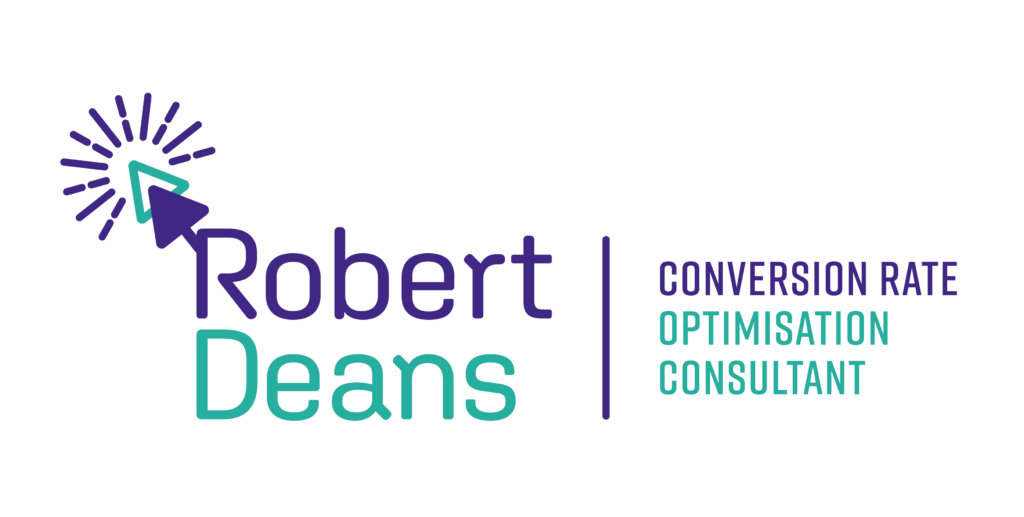Conversion Rate Optimisation definition:
Conversion Rate Optimisation is the process of continually improving your website so that more of your existing traffic* do what you want them to do.
CRO makes your online experience easier to use, more enjoyable and more fulfilling for your users**.
Conversion Rate Optimisation is commonly referred to by the acronym “CRO”.
* traffic = the people visiting your website.
**users = a term commonly used to describe anyone visiting your website or interacting with your website.
CRO stands for the following:
Conversion:
A conversion is the word used to describe someone doing something you wanted them to on a website (such as buy a product, sign up to your newsletter, request a quote etc.).
You can have more than 1 conversion goal for your website. For example, you may want people to sign up to your newsletter and to purchase your online course.
But often only the conversions which generate money are tracked in analytics*. The conversion which generates money is typically the primary conversion, because it is the primary goal of the website.
Secondary conversions (such as signing up to a newsletter) increase the likelihood of the primary conversion occurring. So secondary conversions are still important, and ideally should be tracked in analytics as well.
*analytics = the systematic processing of aggregated data about user behaviour on your website.
(Or, tables, charts and graphs which tell you who has been on your website and what they got up to).
Rate:
The conversion rate is the percentage of people who visited your website who converted (did the thing you wanted them to do).
When a website’s conversion rate is cited, it is usually referring to a monetary conversion goal.
Although you may also want to keep track of and aim to improve secondary conversion rates (as noted above).
Optimisation:
The process of continually improving something until it is as effective or as good as it can be.
In the case of CRO, this typically means the website will be the most effective at getting users to convert as it possibly could be.
CRO can do more than increase sales.
Although CRO is about conversions (which are typically sales), it can also be used to improve other on-site metrics. As mentioned earlier, CRO makes your user’s experience easier, more enjoyable, and more fulfilling.
CRO can increase average order value.
Providing your users with an enhanced experience means they are more likely to want to spend time on your website and purchase more from you. This means your average order value increases.
Increasing your average order value means that in theory you would need to convert fewer users in order to generate the same amount of revenue.
But, because you are using CRO (and the effects of CRO can last for months), the number of sales you are getting is unlikely to fall by much (if any). So, any predicted annual increase in revenue as a result of increased sales can be further increased in line with the new, higher average order value.
If we assume the following:
- That the average order value for a hypothetical company is £75.
- That the company makes 40 sales per month, equalling a monthly revenue of £3,000.
- That as a secondary benefit of CRO, the average order value increased to £78 (an uplift of 4%).
Then the amount extra revenue earnt each month would be £120, which over a year equates to £1,440.
And that’s just with an average order value increase of 4%, just imagine how much potential is there if your CRO consultant is focused on increasing average order value!

CRO can help build brand loyalty and reduce price sensitivity.
Providing an enhanced, satisfying user experience also means your return customer numbers increase, and you start to create brand loyalty.
As anyone in marketing or CRO will tell you, brand loyalty a big component in reducing price sensitivity* and achieving long term stability.
*price sensitivity – how much demand changes in reaction to a change in price.
(If you have strong brand loyalty, you should be able to increase prices, without it having too much of an impact on the number of sales – Apple is a great example of this).
CRO reduces your cost of customer acquisition and makes your business more profitable.
There is a cost associated with making every sale. A big part of this cost is marketing.
When your marketing is delivering more sales for every £1 you spend on it, the average cost of making a sale goes down.
In essence, CRO makes your marketing more effective, so it drives down the cost of making a sale (or acquiring a customer).
The cost of customer acquisition is important because it has a direct impact on the company’s profitability.
A lower cost of customer acquisition = a higher revenue to expenditure ratio = increased profit.
CRO should take the whole user journey into account.
It may be tempting to think of CRO as simply just making changes to a website to increase the number of sales. But in reality, user journeys begin and end beyond the reaches of the website, so CRO should too.
A good CRO consultant will understand this and will look at which traffic sources are performing, and which are not. They will look at the new versus returning customer ratio and use this to inform remarketing strategy. They will aim to build a relationship with the user through email and social media communication.
A good CRO consultant may begin with the website, but they will not be afraid to put themselves in the shoes of the user from the first interaction, through to becoming a loyal customer.

CRO is a long-term, low risk investment which yields high returns.
Because CRO increases profit, it naturally has a high Return On Investment (ROI)*.
CRO is designed to be run continuously, which, due to its high ROI, shouldn’t be an issue for any business unless they experience financial difficulty as a result of something out of the control of CRO.
CRO is low risk because change is made gradually and carefully. Either benchmark data** is taken (and then the results compared). Or (ideally) a scientific test is run to compare the effectiveness of a change or changes against the original.
This ensures that the effectiveness of any change is proven, before it is made permanent. This is an advantage over radical redesign*** projects as with radical redesign there is no guarantee that any of the new design will be more effective than the original, but the cost of the whole redesign is charged regardless. This can result in a very time consuming and expensive mistake, which is difficult to fix.
With CRO, it is easy to roll back a change and it is much easier to identify which elements are not working, because change is made in stages, rather than all at once.
*ROI – a ratio between the net income generated and the cost. A high ROI means the investment had a low cost compared to the income it generated.
**benchmark data – important statistical information is drawn from analytics on a date before any CRO changes were made. Key information captured may include Conversion Rate, the time users are spending on the website, and how many pages they are viewing. For more information on key metrics you should be looking for in analytics, check out my article on the subject here.
***radical redesign – where a whole website is changed in terms of its appearance, structure and content. Radical redesign usually involves paying an agency or asking inhouse UX designers to come up with a new website concept. The new website then replaces the existing one in its entirety.
Learn more about what CRO can do for your company when you get in touch.
I hope this article has given you a good introduction to CRO and its many benefits. I have lots of other resources available on my blog which delve into more depth about specific CRO strategies and approaches. Feel free to check them out!
If you feel you have had enough reading for one day (and I don’t blame you), then why not drop me an email arranging a good time to talk instead? My email address is robert@robertdeans.co.uk .
Or if you are more old school and prefer to just pick up the phone straight away, then give me a call on 07973 132 456 .
I hope to hear from you soon!

